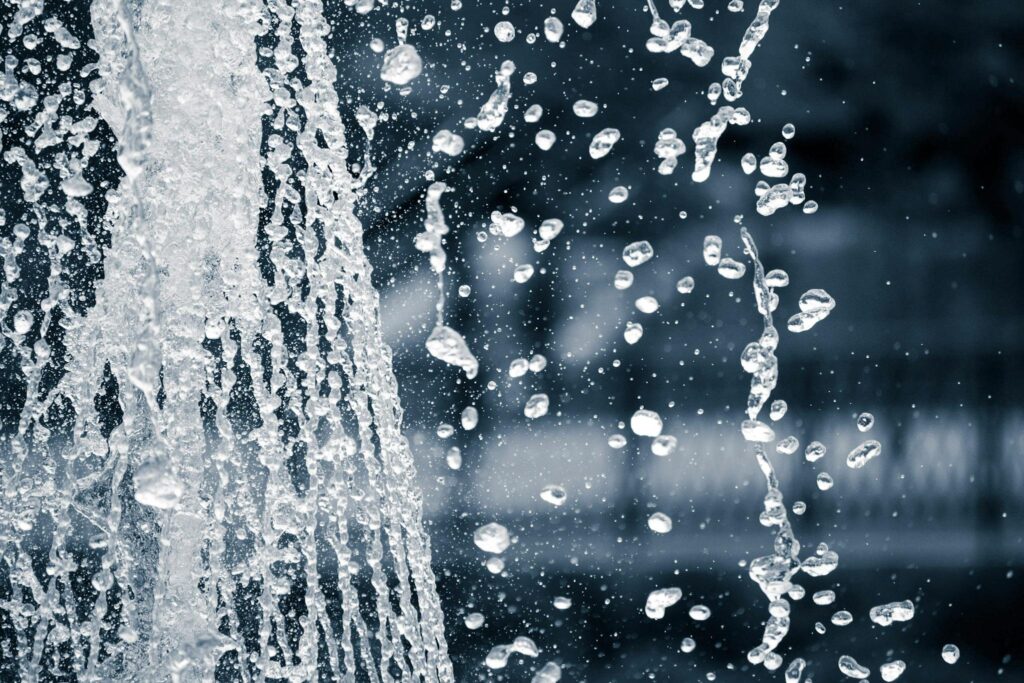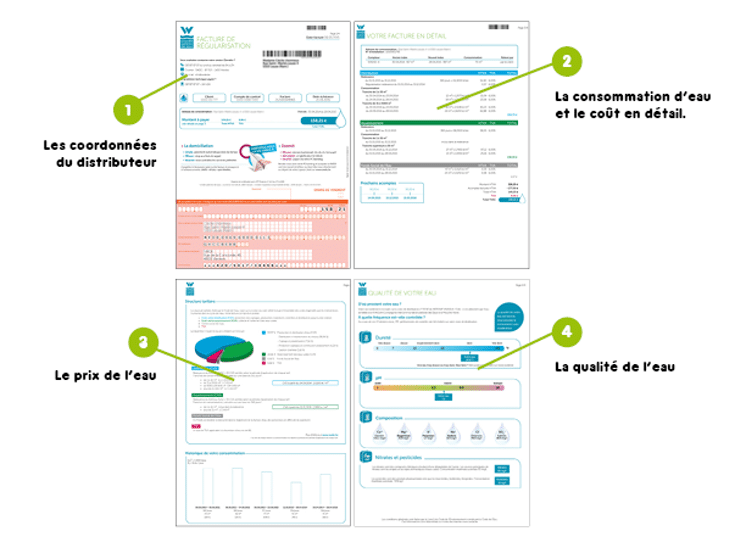Call us Monday to Friday, 9am to 5pm:
📞 +32 471 36 77 09

In the dynamic and fascinating world of water filtration, it's not always easy to find your way around such a wide range of products.
To buy the ideal RO unit for you, you need to ask yourself the right questions.
The purpose of this article is to guide you through 6 essential questions to choose the optimum osmosis plant for your needs.
If you're still not sure whether you want a reverse osmosis filter, read our article on the fundamental principles of reverse osmosis.
Your tap water comes from network which is highly controlled. This is an incredible opportunity. Take advantage of it!
On your water bill you will find summary analyses. Ecoconso.be does a great summary on "how to read your water bill at a glance".
On your supplier's website, you'll find information on complete analyses.
Select your supplier from the list below and enter your postal code to access your water quality analysis at a glance.
Board : You'd like to do some of the analysis yourself. You can find the most relevant measurement tools on our e-shop.

An osmosis plant can feed a tank or directly into your tap, known as direct flow. Here are the advantages and disadvantages of direct flow:
Board For more information, consult our product comparison.
Reverse osmosis systems often vary from 3 to 8 filtration stages. Some of these stages come before the osmotic membrane (pre-filters), others after (post-filters).
Below is a summary table:
|
Potential stages (#) |
1 |
2 |
3 |
4 |
|
Type |
Pre-filter |
Pre-filter |
Pre-filter |
Osmosis |
|
Name |
PP - 100% Polypropylene |
GAC - Charcoal granules |
CTO - Compact coal |
Osmotic membrane |
|
Filtration efficiency |
5 microns (µm) |
1 micron (µm) |
0.5 microns (µm) |
0.0001 microns (µm) |
|
Filtered elements |
Sand, rust, fine sediments |
Fine sediment |
Bacteria |
Bacteria, virusses, dissolved heavy metals, pesticides, PFAS, nitrates, |
|
Potential stages (#) |
5 |
6 |
7 |
8 |
|
Type |
Post-filter |
Supplement |
Supplement |
Supplement |
|
Name |
Activated carbon |
Remineralization |
UV lamp |
Alkaline filter |
|
Filtration efficiency |
Taste & smell |
Bioavailable mineral supplements: Magnesium, calcium, potassium |
Viruses & bacteria |
Increases water PH from (PH <7) to (8<PH <10) |
|
Filtered elements |
Tastes and odors that may be due to stagnation in the reservoir |
NA |
Living elements. Relevant after stagnation in reservoir |
NA |
Board More steps doesn't necessarily mean better results. However, more stages means more maintenance and therefore higher costs. That's why Aquacycle's selection focuses on simple, accessible models that concentrate on the efficiency of reverse osmosis.
Models :
Frequency :
Advice By choosing Aquacycle, the maintenance date of your osmosis unit will be recorded in our system, and we'll be sure to follow up automatically when your filters need replacing.
An osmotic membrane rinses to remove filtered contaminants. An osmosis plant therefore systematically rejects a quantity of water for every liter of water filtered. The ratio of pure water to rejected water depends mainly on two factors:
Board If you're concerned about the environment, this is an important factor to consider. Please note that the pump and membrane size are the two major factors influencing the price of an osmosis unit. A low-discharge (and often high-flow) osmosis plant will therefore often be more expensive.
When considering the purchase of an osmosis plant, it's important to take into account not only the initial investment, but also the costs associated with maintenance.
Direct-flow reverse osmosis systems have filters that cost more, but require no technical knowledge to replace. So if you're not a DIY enthusiast, you can do it yourself and avoid the expense of a specialist.
Board It's interesting to see the cost of an osmosis unit per liter of water consumed. The cost of a liter of filtered water is bound to be higher than a liter of tap water, but you'll soon realize that it's much cheaper than bottled water (not to mention the convenience and the plastic bottles saved for the environment).
A well-chosen reverse osmosis system can considerably improve the quality of your water and, by extension, your health. If this 6-question guide doesn't answer all your questions, please don't hesitate to contact us. contact.